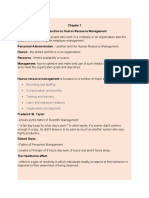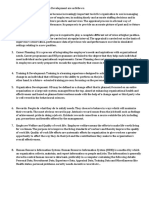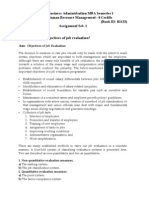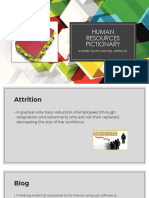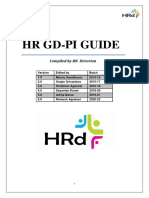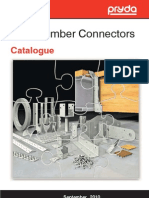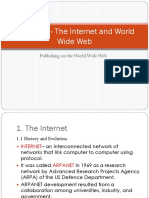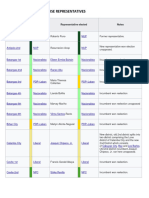0% found this document useful (0 votes)
25 views10 pagesWRA0000.docx Process
The document outlines the key functions of Human Resources (HR), including talent acquisition, employee engagement, learning and development, compensation and benefits, welfare management, organizational development, and HR software. It details processes such as recruitment, onboarding, training, performance management, and the use of various HR software tools to enhance efficiency and employee experience. Each section provides insights into specific activities, types of training, employee welfare initiatives, and software solutions available in the market.
Uploaded by
user-512203Copyright
© © All Rights Reserved
We take content rights seriously. If you suspect this is your content, claim it here.
Available Formats
Download as DOCX, PDF, TXT or read online on Scribd
0% found this document useful (0 votes)
25 views10 pagesWRA0000.docx Process
The document outlines the key functions of Human Resources (HR), including talent acquisition, employee engagement, learning and development, compensation and benefits, welfare management, organizational development, and HR software. It details processes such as recruitment, onboarding, training, performance management, and the use of various HR software tools to enhance efficiency and employee experience. Each section provides insights into specific activities, types of training, employee welfare initiatives, and software solutions available in the market.
Uploaded by
user-512203Copyright
© © All Rights Reserved
We take content rights seriously. If you suspect this is your content, claim it here.
Available Formats
Download as DOCX, PDF, TXT or read online on Scribd
/ 10





















